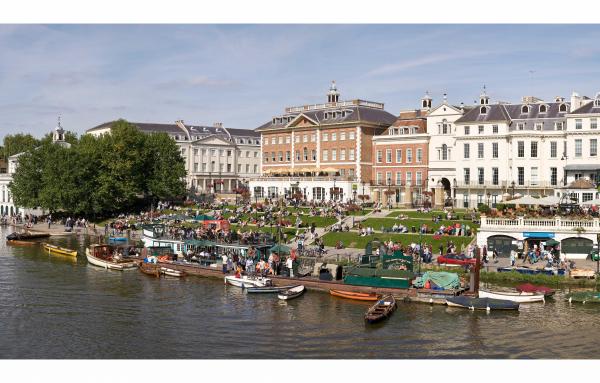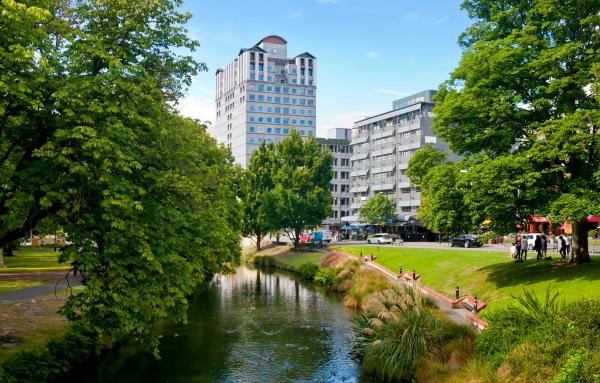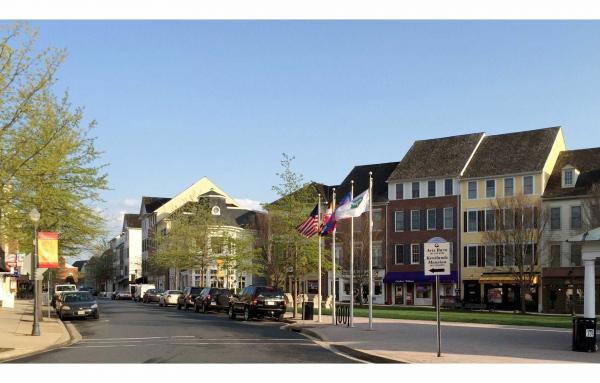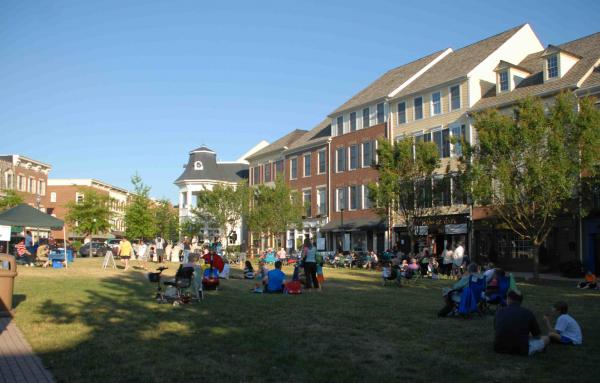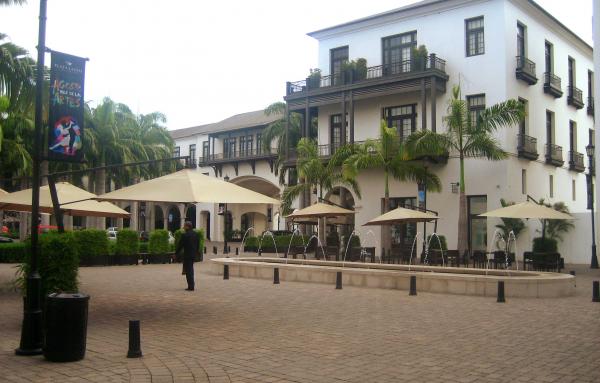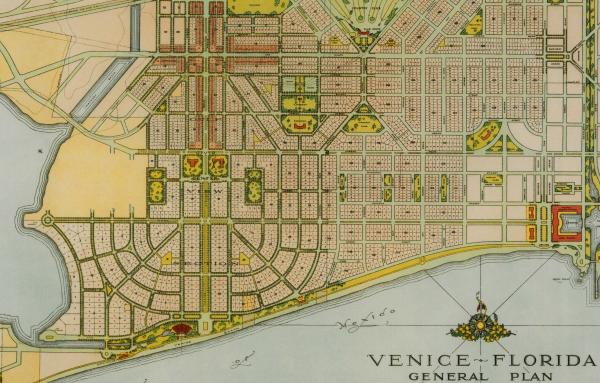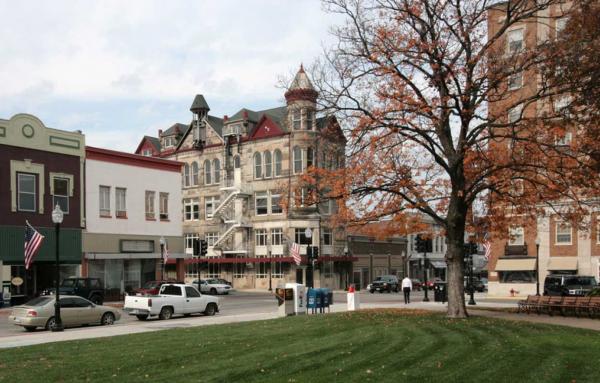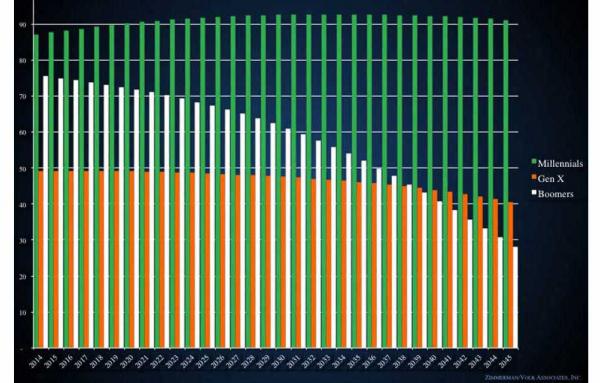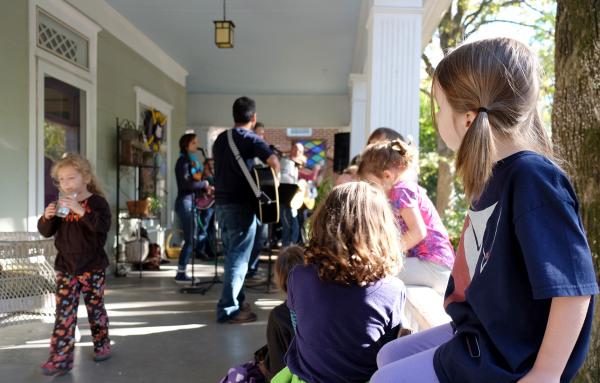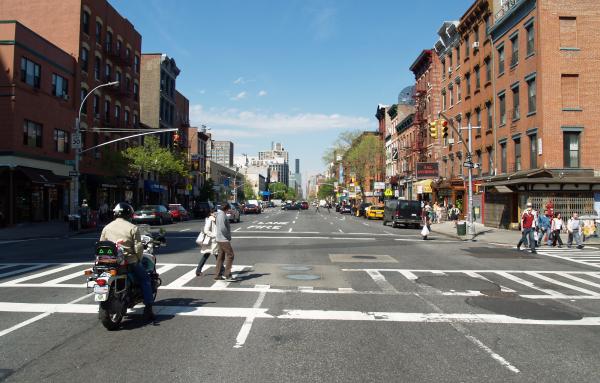Features
In The Humanists Versus the Reactionary Avant Garde, Charles Siegel illuminates the question of what progressive, contemporary architecture truly means.
As the US plans to meet its massive urban challenges, we believe that a comparison with Canada is particularly useful—more so than more widely discussed European models, whose relevance tend to be rather more aspirational than practical.
Sociability is an economic engine driving the development of cities throughout the world. Keys are to enhance vibrancy, assure safety, and plan for people.
Strong economic, demographic and household trends reveal a tremendous pent-up demand to use homes for employment, pressuring the marketplace to accommodate all types of live-work units.
As revitalization of cities moves forward, urbanists are partway through a multiphase process that is changing America.
The current economic conditions in Latin America, as well as a newly found awareness, are slowly opening doors to good city making. But there is work yet to be done.
The early 20th Century urban planning giant was right about St. Petersburg—and he inspired the New Urbanism.
Our rural landscape is home to a network of more than 25,000 small urban gems boasting hidden assets in infrastructure, resources, and architecture, offering opportunities for entrepreneurial business, building, and living.
The current conventional wisdom is that the market for housing in urban locations is so robust that demand far outstrips supply. Housing located within a healthy walkable neighborhood, whether new or existing, is expected to carry a significant...
Today marks the launch of CNU’s latest effort, an online journal to illuminate and cultivate best practices in urbanism in the US and beyond.
For one warm fall Sunday afternoon, “the most diverse musical lineup of any festival in Georgia” transformed a neighborhood in Decatur, an inner-ring suburb of Atlanta.
To stop the killing of pedestrians on New York City Streets, we have to change the way we build our streets
